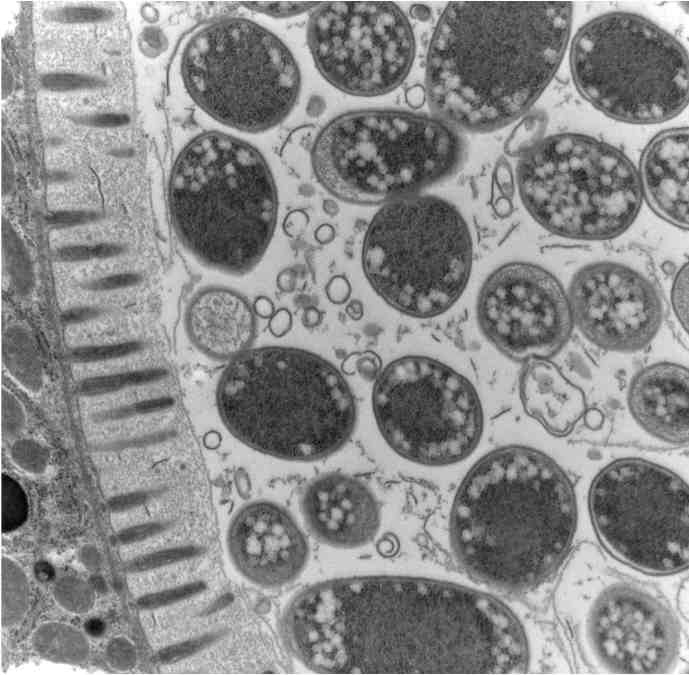The workshop entitled “Model Systems to Understand Microbiota-host Interactions” took place in Durham University on April 23-24th 2014. It has been organized by David Weinkove and sponsored by the BBSRC and Durham Biophysical Sciences Institute.

The main purpose of the workshop was to bring together people that use model systems to understand microbiota-host interactions with their “end users”, i.e. researchers working with mammalian microbiota to discuss these fresh approaches. “End-users” were represented by a leading researcher in the microbiota field, Prof. Liping Zhao from Shanghai Jiao Tong University, who studies how the microbiome impacts obesity and diabetes in human and murine models. Talks and posters covered the latest research in invertebrate models (C. elegans and Drosophila) as well as research using computational, ecological and in vitro models. A final brainstorming session aimed at addressing the following questions: What are the questions that models need to answer? How can models best provide useful insights?
Prof Liping Zhao delivered a lecture on his (successful!) attempts to move from correlative studies to actually develop functional studies to reveal causality in the field of gut microbiota and human obesity. He showed recent correlative results suggesting the importance of some bacterial species in obese patients and proved that strains isolated from these patients were indeed “obesogenic” in mouse models. He also presented exciting new results using mouse models showing potentially effective probiotic interventions to hamper obesity development.
On the invertebrate animal models side, Cathy Clarke reviewed the blossoming field of how microbes influence aging in C. elegans and David Weinkove presented the latest results of his lab on how microbial folates shape C. elegans lifespan. Then Kayla King presented her studies using microbial experimental evolution in worms to explore microbial defence against pathogens. François Leulier gave a talk on Drosophila microbiota and its dominant Lactobacilli species, and how Lactobacilli influences Drosophila juvenile growth and then Rachel Rigby presented her work focusing on modelling JAK/STAT pathway’s role in intestinal regeneration using the Drosophila gut as a model. The latest 2D- and 3D- cell culture models to study inflammatory bowel diseases and gut functionalities were presented by Barry Campbell and Karen Wright. Then Tim Barraclough presented his work on ecological models to study species interactions, evolution and functioning of microbial communities. Finally, Jan-Ulrich Kreft presented eGUT a modelling platform to build an electronic gut.
The final discussion session yielded shared views that animal models, and especially invertebrate models are very relevant to unravel the mechanisms underlying evolutionary conserved host-microbes interactions, especially those involving inter-organ communications that can’t be currently modeled in vitro. Invertebrate animal models also offer cost effective alternatives to test in an in vivo setting ingredients/compounds to pinpoint biologically active molecules. Such models are also useful to generate large datasets needed to implement in silica models or to provide experimental validation of models predictions. However, the new generation of human 2D or 3D cell culture models based on the human iPSCs revolution will still probably have very good predictive value for tissue and cellular read-outs. Importantly, the main message of the workshop was that obviously no model is perfect but models should be adequately chosen according to the specific biological question to be addressed and that those working with the various models should communicate with each other.
More details about the event : http://www.dur.ac.uk/bsi/events/microbiota

